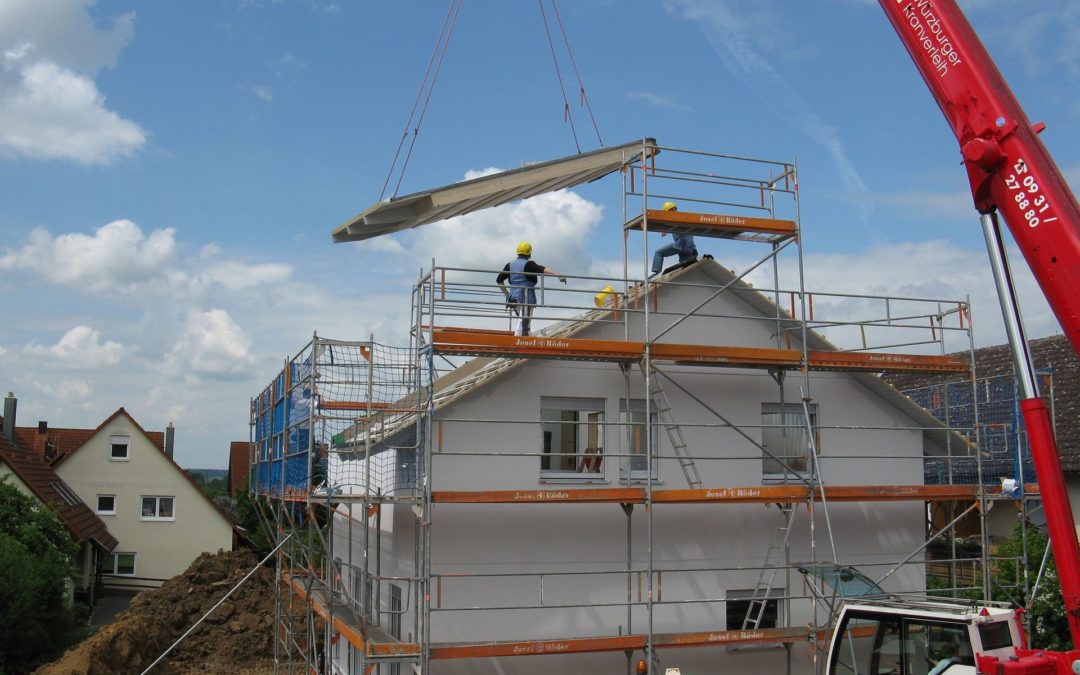I was recently asked by representative of a federal agency if construction defects in condominium buildings are a common problem and if these issues are being solved legislatively. The quick answers are respectively yes and no; however, more background is necessary.
As pointed out in the March April edition of Common Ground, the article “Flaws in the Foundation,” by Steve Bates, construction defects have been a serious issue for quite some time. Most recently, the housing boom at the turn of the century followed by the bursting housing less than a decade after marked a period where developers were swamped, unable to keep up with demand, and quality suffered then plagued as the Recession hit, they went bankrupt, and communities suffered with defects causing for major repair projects. Developers are sued as they try to recover, so understandably they are seeking new protections under the law by introducing legislation making it more difficult for owners and associations to file action on defective construction.
In 2016 CAI tracked legislation in at least twelve states that address owners and associations ability to cure construction defects. Legislation this year ranges a scale from being builder-backed like in Minnesota, Washington and Iowa to extending a system that appears to be working for developers and consumers in California to pro-consumer like in Maryland. The nature of legislation in Minnesota, Washington and Iowa were similar to that which passed in Nevada and what many localities in Colorado and Arizona adopted in 2015. They introduce obstacles owners and associations must hurdle prior to litigation, such as special meetings, inspection, association-wide voting requirements, and mandatory dispute resolution. A bill we tracked in Iowa attempted to shorten the statute of repose (the warranty period) from 15 years to 10 years for non-residential construction. California has legislation extending a repeal date of current specified conditions till January 2025 and features broad industry support. Maryland’s legislation, voids and makes unenforceable provisions put into governing documents that stifles associations’ ability to file suits, and further clarifies an associations ability to initiate or be part of litigation or administrative proceedings and enforce implied warranties. At the time of drafting this piece, none of these bills have passed. So to summarize, no – these problems are not being solved legislatively. What we are witnessing is a lack of middle ground.
This is where CAI Public Policies come into play. The purpose of our Public Policies is to lend guidance to our legislative action committees (LACs) and members on issues of recognized importance, and to seek balance and provide recommendations within our diverse membership. CAI’s Board of Trustees recently approved a new public policy titled Protection of Association Claims in Construction Defect Legislation. Drafted by the Government and Public Affairs Committee, this policy supports a balance of the rights and responsibilities of community associations and the rights of responsibilities of builder and construction affiliates. The policy promotes reasonable opportunities to identify and cure defective construction, alternative dispute resolution as voluntary, and the ability for prevailing parties to recover costs and legal fees. The policy blasts any provisions in legislation which seek to restrict governing boards’ ability to bring claims forward, provide inadequate limitation and repose periods, and interfere with community associations’ rights to self-govern. It is my hope and CAI’s hope that this public policy be used by our LACs as they meet with officials and solve these issues legislatively.



